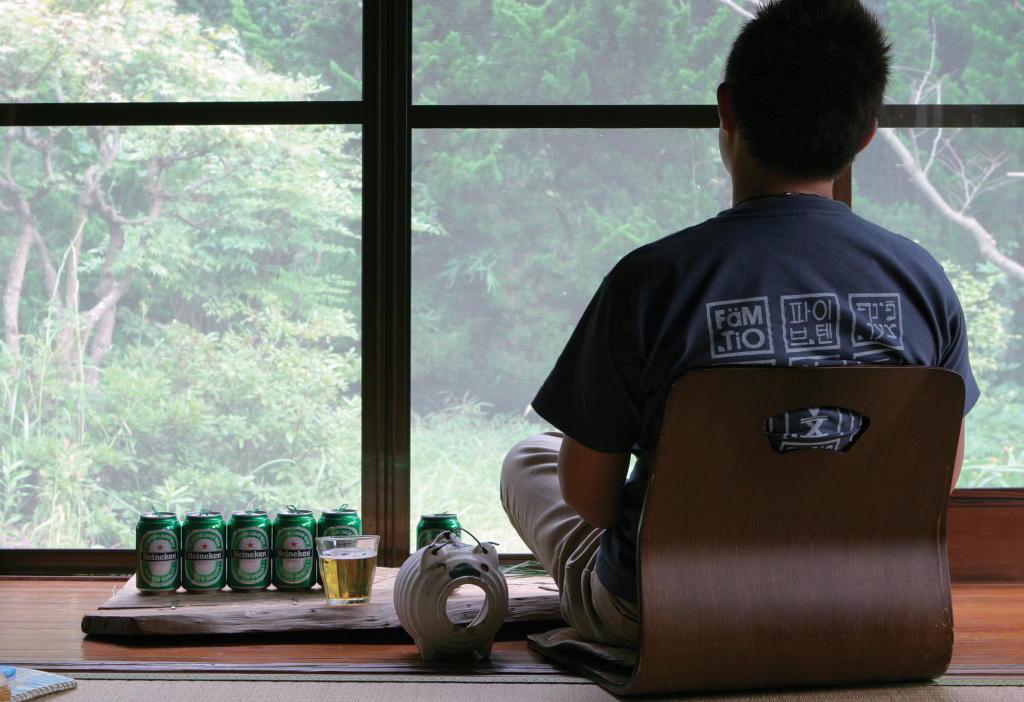I was born deaf but, at a very young age, I could still pick up some low pitches. I remember sitting in front of the TV, before the days of remote controls, and playing with the volume dial, delighting myself by turning it up to full volume. Both my parents had no hearing at all so they couldn’t understand what I was doing.

The house probably sounded like a broadcast tower. This infuriated the old lady who lived nearby, and I can still remember the devilish look she gave us. I never understood her frustration and carried on with my TV antics. Oddly enough, whatever hearing I had was lost due to these loud broadcasts.
A mother’s lullaby is often a child’s first encounter with music, and my mother had gone to the trouble of learning one, which she repeated over and over. However, more than the song, I remember the movement of her hands telling the story. Those hands, which seemed to move on their own accord, lulled me to sleep as if by hypnosis, and I was soon in dreamland.
Just as people have different heights and faces, deaf people have different ways of listening to music. From those who can’t hear a thing, to some who can pick up high pitches, there is quite a variety. However, even if they can hear the sounds, I would say most are unable to discern actual words.
You would think, then, we would have little interest in music. But there are many deaf people who like music and dancing, some who enjoy singing karaoke and, of course, others who simply can’t stand music.
Body movements are the easiest for deaf people to pick up, so it wouldn’t be surprising to see a group of deaf wadaiko (Japanese traditional drum) players.
During my travels, I’ve noticed the deep relationship between music and deafness. I remember watching the moonlight glistening off the waves and methodically striking the beach. Beyond this ebb and flow were three lighthouses flashing together in intervals.
My friends and I struck out a rhythm on some driftwood in time with the flashes of light, while the alcohol pulsing through our veins raised our spirits even higher. The flames of the fire danced and contorted during our overtures through to the finale.
The changes in rhythm and twinkling of stars all acted in concert, the throbbing turning into a sort of “visual music.” For the deaf, music takes a visual form of nature’s woven symphony, a “body sound,” and brings with it its own unique enjoyment.




